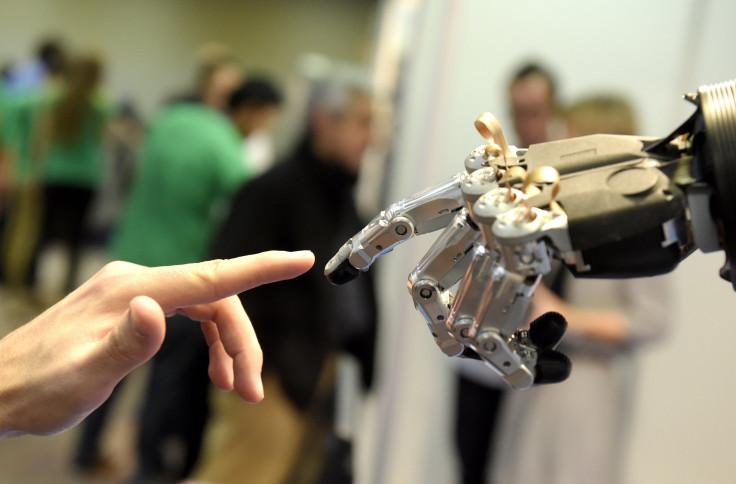Erica, A Japanese Robot, Will Start Her News Anchor Career In April

Erica, a 23-year-old Japanese robot, is all set to make her debut as a news anchor in April 2018.
The robot, which looks remarkably like a young woman, was created by Hiroshi Ishiguro, the director of the Intelligent Robotics Laboratory at Osaka University, in 2014.
In a documentary conducted by the Guardian on Erica in December, Ishiguro described his creation as "the most beautiful and most human-like autonomous android in this world."
However, there is still a long way to go before Erica can move and walk around like a human. At the moment, the robot’s arms and legs are not functional. She can only process sound and its source, people whom she is interacting with and track human movement around a limited space.
Despite knowledge of the fact that she was created artificially, Erica thinks of herself as a person, who lives in Kyoto, Japan. "I think socially I am like a person," she said, the New York Post reported. "I think humans have a deep need to feel they have a special place in the universe, they cannot accept they are no different to animals or machines."
Ishiguro, whom she considers her father, said his life’s goal was to instill Erica with "independent consciousness." He has already bestowed upon his creation speech-generation algorithms, facial-recognition technology and infrared sensors, which enable Erica to successfully hold conversations with humans.
Ishiguro has gone as far as saying he believes Erica could "have a soul."
"Erica is very excited to interact with people," Dylan Glas, who has been working on developing Erica’s personality, said. "I think she is very interested in learning about the outside world."
Details of which network in Japan Erica will be appearing on or what her exact role will be in a newsroom is still under wraps. Apart from her human-like charisma, the android is also capable of sitting in a chair and reciting scripted writing, which means she should ideally have no trouble reading off a teleprompter, making her fit to hold the post of a news anchor, Live Science reported.
This is not the first time robots have been considered for the role of newscasters on television. In 2015, Siaois, a robot created by Microsoft, reported the weather forecast on the morning news on Chinese television.
Immense progress has been demonstrated in the field of robotics. A life-like robot called Sophia was granted citizenship to Saudi Arabia in October 2017.
Sophia, created by Hanson Robotics, became the first android to hold citizenship of a country after she impressed journalists at the tech summit Future Investment Initiative (FII) that was held in Riyadh, Saudi Arabia, by responding to their interview questions and displaying a range of emotions.
"I am very honored and proud for this unique distinction," Sophia said, after being granted the honor. "This is historical to be the first robot in the world to be recognized with a citizenship."
© Copyright IBTimes 2024. All rights reserved.












